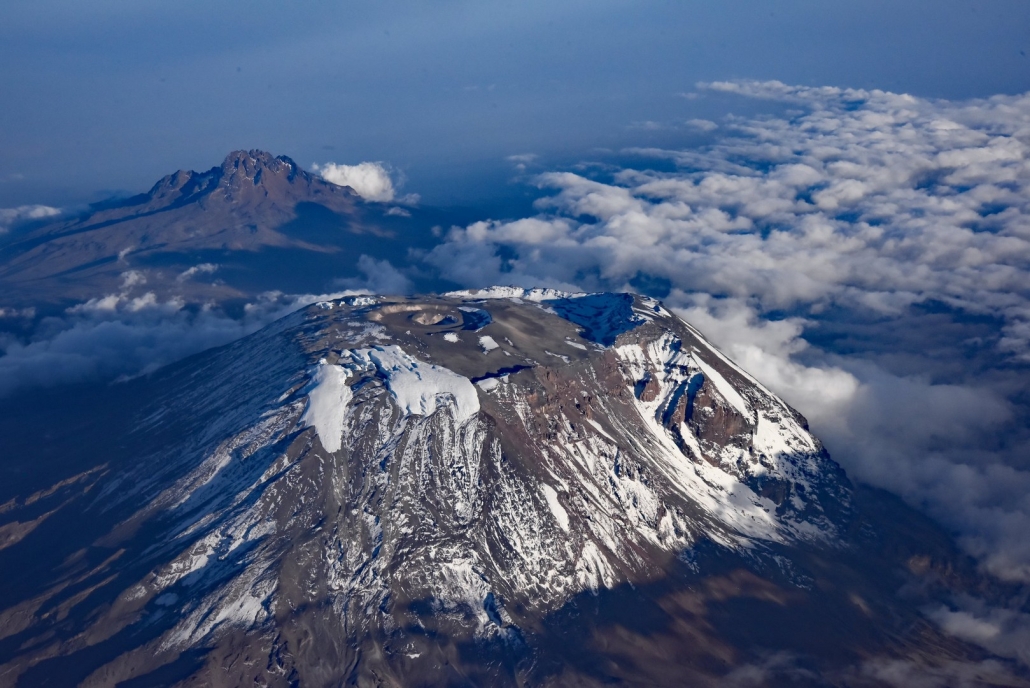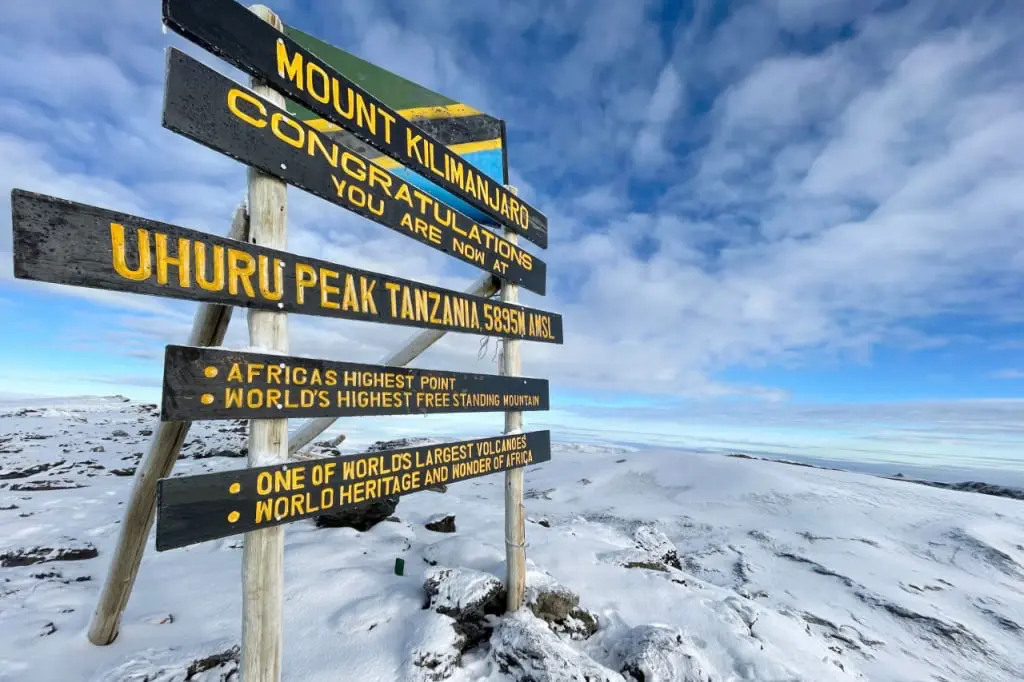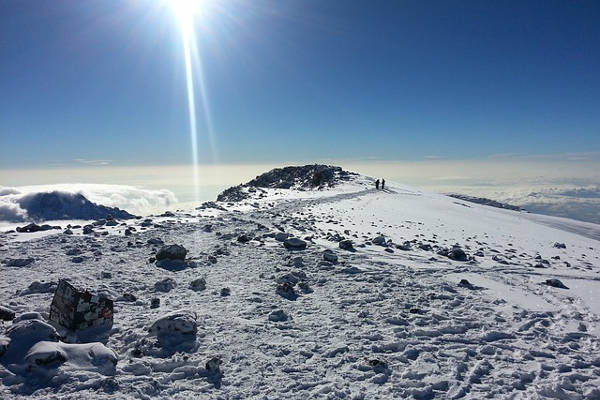
MT KILIMANJARO IN TANZANIA
Climbing Mount Kilimanjaro – The Ultimate Tanzania Adventure
Towering at 5,895 meters (19,341 ft), Mount Kilimanjaro is Africa’s highest peak and one of the world’s most iconic trekking destinations. Located in northern Tanzania, near the border with Kenya, this free-standing volcanic giant attracts thousands of climbers each year who dream of standing on the “Roof of Africa.”
Whether you’re a seasoned mountaineer or an adventurous traveler seeking a once-in-a-lifetime challenge, climbing Kilimanjaro is both demanding and rewarding. This guide covers the main trekking routes, best time to climb, preparation tips, and how to combine your climb with unforgettable safaris in Kenya.
Why Climb Mount Kilimanjaro?
Unlike other high mountains, Kilimanjaro requires no technical climbing experience — making it accessible to fit beginners. The challenge lies in endurance, altitude, and acclimatization rather than ropes and ice axes. Reaching Uhuru Peak is an achievement that blends natural beauty with personal triumph.
-
Scenic variety: From rainforest to alpine desert to glacial summit.
-
Wildlife: Encounter monkeys, birds, and even elephants at lower elevations.
-
Bucket-list experience: The highest point in Africa and one of the Seven Summits.
Many climbers also extend their trip with Kenya safari holiday packages (see options here), making this adventure both thrilling and relaxing.
Kilimanjaro Climbing Routes
There are several trekking routes, each offering a different balance of scenery, difficulty, and acclimatization:
-
Marangu Route (5–6 days) – The “Coca-Cola Route.” Popular and shorter, with hut accommodation. Less time for acclimatization.
-
Machame Route (6–7 days) – Known as the “Whiskey Route.” Scenic and challenging, offering higher summit success rates.
-
Lemosho Route (7–8 days) – A favorite for its beauty and gradual acclimatization profile.
-
Rongai Route (6–7 days) – Approaches from the north, quieter and drier.
-
Northern Circuit (9 days) – Longest and most gradual, with excellent success rates.
-
Umbwe Route (5–6 days) – Steep and direct, recommended for experienced trekkers.
Best Time to Climb Kilimanjaro
-
January–March: Clear skies, less crowded, colder on the summit.
-
June–October: Dry season, warm days, busiest time for climbers.
-
November & April–May: Rainy seasons; trails are muddy, but fewer crowds and greener scenery.
Tip: If combining with a Kenya safari, the June–October season aligns perfectly with wildlife viewing in Kenya national parks.
Preparing for Kilimanjaro
Fitness
Cardio, hiking, and endurance training are crucial. Focus on long walks carrying a backpack to mimic trek conditions.
Gear
Essential items include:
-
Waterproof boots, layers (base, fleece, down jacket), rain gear.
-
Sleeping bag rated for -10°C.
-
Trekking poles, headlamp, reusable water bottles.
Health
-
Acclimatization is key — routes with more days increase summit success.
-
Consider Diamox for altitude sickness (consult your doctor).
-
Stay hydrated and eat well.
Kilimanjaro + Safari: The Perfect Combo
After your climb, reward yourself with a safari across Tanzania and Kenya. Many climbers prefer to recover by relaxing on the coast or joining short safaris.
Popular Extensions:
-
Kenya Safaris: Combine with safaris from Nairobi or coastal safaris from Mombasa.
-
Beach Holidays: Relax at safaris from Diani or safaris from Watamu after your trek.
-
Luxury Safari Options: Upgrade with luxury safaris in Kenya to unwind in style.
-
Quick Escapes: Try a short Kenya air safari to Maasai Mara or Amboseli for epic wildlife viewing.
Sample 12-Day Kilimanjaro + Safari Itinerary
-
Day 1–2: Arrival in Tanzania, trek briefing.
-
Day 3–9: Climb Kilimanjaro via Machame or Lemosho Route.
-
Day 10: Transfer to Amboseli or Tsavo in Kenya for safari.
-
Day 11: Full-day safari experience.
-
Day 12: Fly to Diani Beach or Watamu for relaxation.
This blend ensures both the challenge of Kilimanjaro and the luxury of Kenya’s wildlife and beaches.


Outbound Resources for Kilimanjaro
For detailed climbing regulations and park details, check:
-
International Mountain Explorers Connection – ethical trekking tips.
Final Thoughts
Climbing Mount Kilimanjaro in Tanzania is more than just a hike — it’s a life-changing journey. From rainforest to glaciers, every step takes you closer to the legendary summit of Uhuru Peak. And when the climb is done, there’s no better way to recover than by indulging in a safari across Kenya safari holiday packages or relaxing on the beaches of Diani and Watamu.

